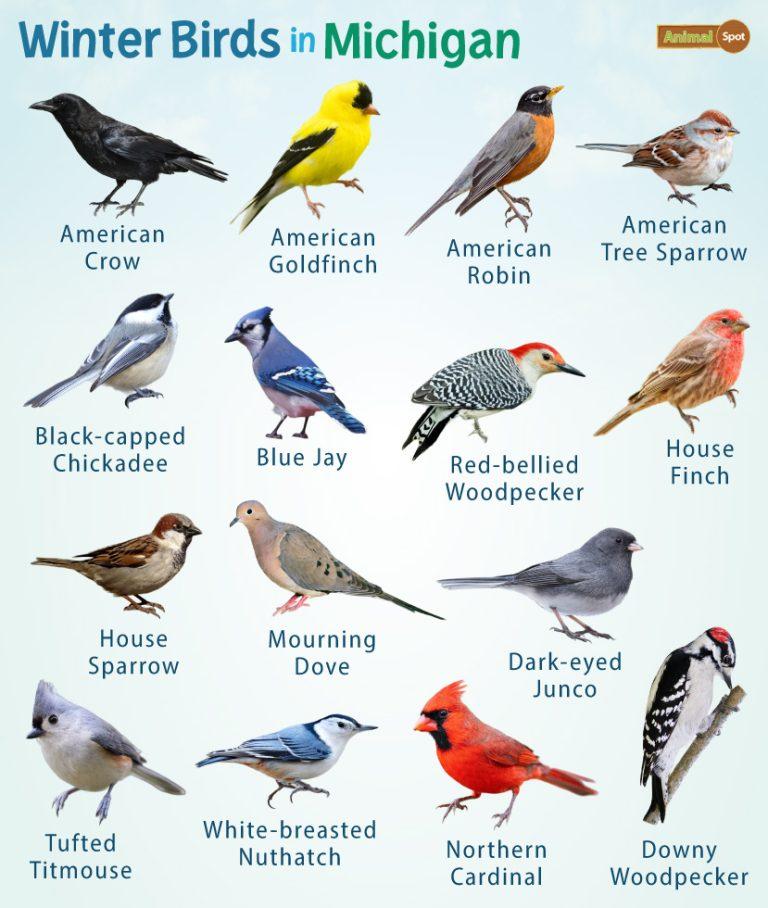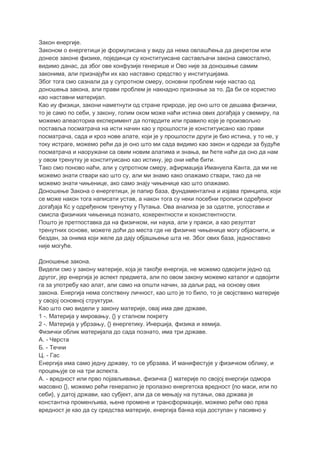Winterwatch: A Comprehensive Guide To Identifying Winter Birds

Table of Contents
Key Characteristics for Winter Bird Identification
Successful winter bird identification relies on careful observation of several key characteristics. Combining these clues will help you pinpoint the species accurately, even amidst the challenges of winter conditions.
Size and Shape
Assessing a bird's size and shape is a crucial first step in winter birds identification. Compare the bird's size to familiar birds like robins or sparrows. Is it significantly larger or smaller? Note the overall body shape: is it long and slender like a warbler, compact like a Downy Woodpecker, or stocky like a Northern Cardinal? Wingspan, too, can be a helpful indicator.
- Example: The compact shape of a Downy Woodpecker contrasts sharply with the slender shape of a Northern Flicker.
- Tip: Using binoculars effectively is essential. Practice focusing and holding them steadily for clear observation.
Plumage and Coloration
Plumage and coloration are vital for winter birds identification, but remember that many birds exhibit seasonal variations. Pay close attention to subtle differences in color, patterns like streaks, spots, and bands, and the overall brightness of the plumage. Molting can significantly alter a bird's appearance, so keep this in mind when comparing it to field guide illustrations.
- Example: The bright red plumage of a male Northern Cardinal stands out against the winter landscape.
- Tip: Utilize field guides for precise color comparison. Note the variations in plumage illustrated to accommodate different lighting conditions and molting stages.
Behavior and Habitat
Observing a bird's behavior and habitat preference provides additional clues for accurate winter birds identification. Note its feeding habits (seed-eating, insect-hunting, scavenging), its social behavior (solitary, flocking), and its flight patterns. The environment it inhabits—forests, wetlands, urban areas—can significantly narrow down the possibilities.
- Example: Chickadees actively forage for insects in trees, while juncos often forage on the ground in flocks.
- Tip: Observe bird interactions. Do they appear aggressive towards each other or are they cooperative? This can provide insight into species identification.
Common Winter Bird Species
Let's explore some common winter bird species you're likely to encounter, focusing on their key identification features:
Backyard Birds
Many birds remain in your backyard throughout the winter. Learning to identify these common visitors enhances your winter birdwatching experience.
- Northern Cardinal: Bright red male, brownish female, conical bill.
- Downy Woodpecker: Smallest North American woodpecker; black and white plumage.
- Dark-eyed Junco: Gray or brown body, often with a reddish-brown bill.
- American Robin: Brownish-red breast, even in winter; often seen foraging on the ground.
- Mourning Dove: Slender build; long, pointed tail; soft cooing call.
- House Sparrow: Brownish-gray plumage; short, stout bill.
- Black-capped Chickadee: Small; black cap and bib; distinctive "chick-a-dee-dee-dee" call.
Birds of Prey
Winter brings opportunities to observe birds of prey, many of which are more visible with leafless trees. Learn to recognize their distinctive features for successful winter birds identification.
- Red-tailed Hawk: Large hawk; reddish tail; often seen soaring overhead.
- Northern Goshawk: Large, powerful hawk; gray and brown plumage; hunts in forests.
- Great Horned Owl: Large owl; distinctive ear tufts; often heard at night.
- Bald Eagle: Large bird of prey; white head and tail; powerful build.
Waterfowl
Many waterfowl species overwinter in suitable wetland habitats. Learning to differentiate them adds another layer to your winter birdwatching skills.
- Mallard: Green head in males, brown in females; distinctive iridescent feathers.
- Canada Goose: Large; black head and neck; distinctive honking call.
- Various Diving Ducks: Observe their diving behavior and plumage patterns for identification (requires more advanced skills and field guide consultation).
Essential Tools and Resources for Winter Bird Identification
The right tools and resources significantly enhance your winter birds identification efforts.
Binoculars
Good quality binoculars are essential. Look for binoculars with 8x42 or 10x42 specifications for optimal magnification and light transmission in low-light winter conditions.
- Recommendation: Choose binoculars with a wide field of view to easily track moving birds.
Field Guides
A regional field guide is invaluable for precise winter birds identification. Select a guide with clear illustrations and detailed descriptions.
- Recommendation: Check for guides with range maps to determine the likelihood of observing particular species in your area.
Online Resources and Apps
Numerous online resources and apps assist in bird identification. These tools often include image databases, sound recordings, and interactive identification keys.
- Recommendation: The Merlin Bird ID app by the Cornell Lab of Ornithology and the Audubon website are excellent resources.
Conclusion
Successful winter birds identification hinges on combining clues from size, shape, plumage, behavior, and habitat. Remember to utilize high-quality binoculars, a reliable field guide specific to your region, and helpful online resources.
So grab your binoculars, a field guide, and get ready to enjoy the thrill of winter birds identification! With practice and the right tools, you'll become a confident winter birdwatcher in no time. Happy birding!

Featured Posts
-
 Eva Longorias New Travel Series Release Date And Trailer Revealed
May 13, 2025
Eva Longorias New Travel Series Release Date And Trailer Revealed
May 13, 2025 -
 Post Quantum Cryptography Market To Reach Billions By 2030 New Algorithmic Standards And Migration
May 13, 2025
Post Quantum Cryptography Market To Reach Billions By 2030 New Algorithmic Standards And Migration
May 13, 2025 -
 Govor Mrzhnje Tuzhba Protiv Marinike Tepi Zbog Iz Ava O Romima
May 13, 2025
Govor Mrzhnje Tuzhba Protiv Marinike Tepi Zbog Iz Ava O Romima
May 13, 2025 -
 Unmissable Efl Highlights Relive The Excitement
May 13, 2025
Unmissable Efl Highlights Relive The Excitement
May 13, 2025 -
 Pegula Falls To Sabalenka In Hard Fought Miami Open Final
May 13, 2025
Pegula Falls To Sabalenka In Hard Fought Miami Open Final
May 13, 2025
